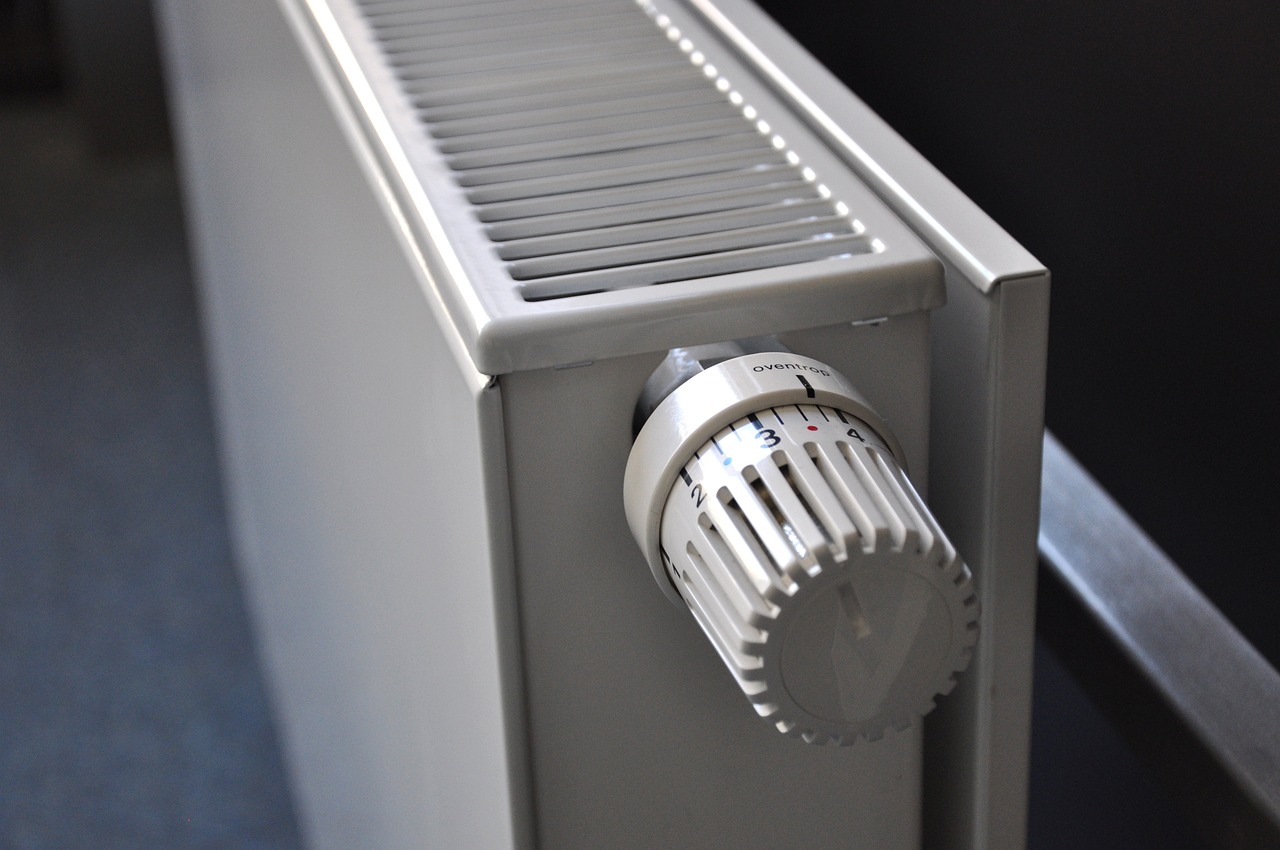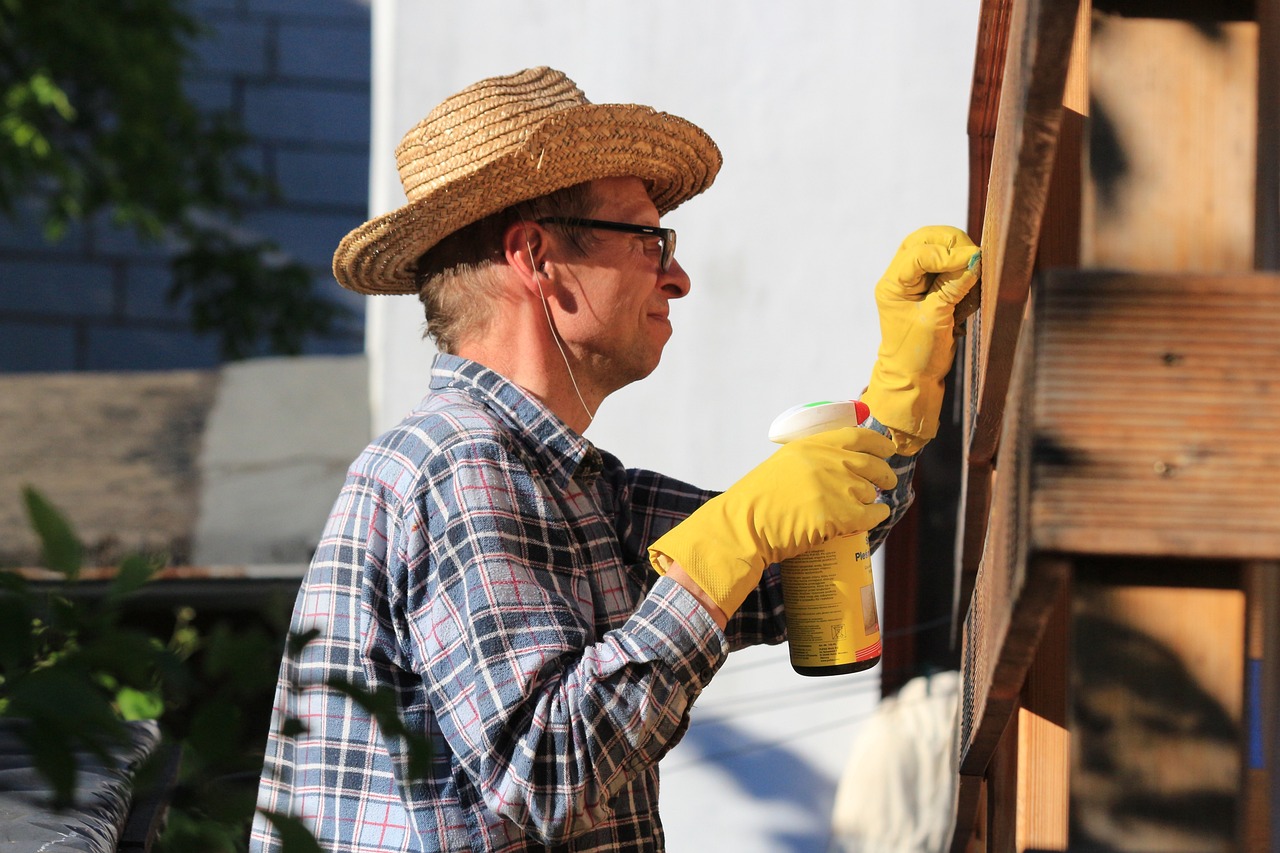As winter approaches, preparing your home for the cold months ahead is essential for maintaining comfort, ensuring safety, and maximizing energy efficiency. Winterizing your home not only helps you stay warm and cozy but also protects your property from potential damage caused by harsh weather conditions. This comprehensive guide will walk you through the necessary steps to effectively winterize your home, helping you save money on energy bills and avoid costly repairs.
Inspect and Seal Windows and Doors
One of the most crucial steps in winterizing your home is ensuring that your windows and doors are properly sealed. Heat loss through gaps and cracks around these openings can significantly increase your energy consumption and make your home less comfortable.
Check for Drafts
Identifying drafts is the first step in sealing your home against cold air infiltration. Here are some effective methods to detect drafts:
- Visual inspection: Look for visible gaps or cracks around window frames and door edges
- Candle test: Hold a lit candle near potential draft areas and watch for flame movement
- Dollar bill test: Close a dollar bill in the door or window; if you can easily pull it out, there’s a draft
- Infrared thermometer: Use this tool to detect temperature differences around openings
- Smoke pencil: Light the smoke pencil and observe the smoke flow near windows and doors
Apply Weatherstripping and Caulk
Once you’ve identified draft areas, it’s time to seal them. Weatherstripping and caulking are two primary methods for this task.
Types of weatherstripping suitable for different surfaces:
- V-strip (tension seal): For double-hung and sliding windows
- Foam tape: For irregular-shaped cracks
- Door sweep: For gaps under exterior doors
- Tubular rubber, vinyl, or silicone: For door frames and window sashes
- Felt: For low-traffic areas or irregular spaces
Caulking types and their best uses:
- Silicone: Best for exterior use, adheres well to most surfaces
- Polyurethane: Excellent for large gaps, paintable
- Latex: Easy to apply and clean, best for interior use
- Butyl rubber: Good for metal and masonry
- Expanding foam: For large gaps around pipes or vents
Insulate Your Home
Proper insulation is key to maintaining a warm and energy-efficient home during winter. It helps to keep heat inside and cold air outside, reducing your heating costs and improving comfort.
Attic Insulation
The attic is one of the most critical areas for insulation, as a significant amount of heat can escape through an under-insulated attic.
Steps to insulate your attic:
- Measure the existing insulation depth
- Calculate the additional insulation needed
- Choose the appropriate insulation material
- Seal any air leaks before adding insulation
- Install insulation, ensuring even coverage
- Don’t forget to insulate the attic access door
| Climate Zone | Recommended R-Value |
|---|---|
| 1-2 | R-30 to R-49 |
| 3 | R-38 to R-60 |
| 4-5 | R-49 to R-60 |
| 6-8 | R-49 to R-60 |
Wall and Floor Insulation
Insulating walls and floors can significantly improve your home’s thermal envelope.
Insulation materials and their pros and cons:
-
Fiberglass batts
- Pros: Affordable, widely available
- Cons: Can be irritating to install, settles over time
-
Blown-in cellulose
- Pros: Eco-friendly, fills irregular spaces well
- Cons: Requires professional installation, can absorb moisture
-
Spray foam
- Pros: Excellent air sealing, high R-value per inch
- Cons: Expensive, requires professional installation
-
Rigid foam board
- Pros: High R-value per inch, moisture-resistant
- Cons: More expensive than fiberglass, requires careful installation
-
Mineral wool
- Pros: Fire-resistant, sound-dampening
- Cons: More expensive than fiberglass, can be difficult to find
Prepare Heating Systems

Ensuring your heating system is in top condition before winter sets in is crucial for maintaining a warm and safe home environment.
Furnace and Boiler Maintenance
Regular maintenance of your furnace or boiler can improve efficiency, reduce energy costs, and extend the lifespan of your heating system.
Furnace and boiler maintenance checklist:
- Replace or clean air filters
- Check and clean burners
- Inspect the heat exchanger for cracks
- Lubricate moving parts
- Test the thermostat for accuracy
- Check all electrical connections
- Inspect the flue system and chimney
- Test the safety controls
- Check fuel lines for leaks (for gas systems)
- Bleed radiators (for boiler systems)
Chimney and Fireplace Preparation
A well-maintained chimney and fireplace can provide additional warmth and ambiance during winter months.
| Maintenance Task | Frequency | Importance |
|---|---|---|
| Chimney sweep | Annually | Prevents chimney fires |
| Inspect chimney cap | Annually | Keeps out debris and animals |
| Check damper operation | Annually | Ensures proper draft |
| Inspect firebrick | Annually | Prevents heat damage to chimney |
| Clean ash pit | As needed | Improves fire efficiency |
| Test smoke and CO detectors | Monthly | Ensures safety |
Protect Pipes from Freezing
Frozen pipes can lead to costly repairs and water damage. Taking preventive measures is essential to protect your plumbing system during winter.
Insulate Pipes
Insulating pipes in vulnerable areas can prevent freezing and potential bursts.
Pipe insulation materials and techniques:
- Foam pipe sleeves: Easy to install, good for straight pipes
- Fiberglass wrap: Flexible, good for irregular shapes
- Heat tape or cable: Provides active heating for extremely cold areas
- Newspaper wrapping: Temporary solution in emergencies
- Insulate pipe hangers and valves as well
- Pay special attention to pipes in unheated areas (attics, crawl spaces, exterior walls)
Keep a Steady Temperature
Maintaining a consistent temperature throughout your home helps prevent pipes from freezing.
Devices and tools to monitor and maintain temperature:
- Programmable or smart thermostats
- Remote temperature sensors
- Pipe temperature sensors with alarms
- Smart home systems with freeze alerts
- Portable space heaters for vulnerable areas
- Heat lamps for exposed pipes
Roof and Gutter Maintenance

Proper roof and gutter maintenance is crucial for preventing ice dams and water damage during winter months.
Inspect and Repair Roof
A thorough roof inspection before winter can help identify and address potential issues before they become major problems.
| Common Roof Issues | Solutions |
|---|---|
| Missing or damaged shingles | Replace individual shingles or patches |
| Loose flashing | Reseal or replace flashing |
| Sagging areas | Reinforce roof structure, check for water damage |
| Clogged vents | Clear debris from vents, ensure proper ventilation |
| Moss or algae growth | Clean affected areas, install zinc strips |
| Cracked sealant around vents/chimneys | Reapply weatherproof sealant |
Clean and Protect Gutters
Well-maintained gutters are essential for proper water drainage and preventing ice dams.
Tools and materials needed for gutter maintenance:
- Sturdy ladder
- Work gloves
- Gutter scoop or trowel
- Garden hose
- Bucket for debris
- Gutter guards or screens
- Gutter sealant
- Downspout extensions
- Safety goggles
- Pressure washer (optional)
Prepare Outdoor Areas
Securing outdoor areas helps prevent damage to your property and ensures safety during winter months.
Store Outdoor Furniture and Equipment
Properly storing outdoor items protects them from winter damage and extends their lifespan.
Items to store and storage tips:
- Patio furniture: Clean, dry, and cover or store indoors
- Grills: Clean thoroughly, disconnect propane tanks, cover
- Garden tools: Clean, oil metal parts, store in a dry place
- Hoses: Drain, coil, and store indoors
- Planters: Empty, clean, and store upside down
- Outdoor cushions: Clean, dry completely, store in a dry place
- Pool equipment: Drain and store according to manufacturer instructions
- Lawn mower: Run until fuel is depleted, clean, and store in a dry place
Winterize the Garden
Preparing your garden for winter protects plants and soil, ensuring a healthy start in spring.
| Winter Gardening Task | Benefits |
|---|---|
| Clean up debris and dead plants | Prevents disease and pest overwintering |
| Apply mulch to garden beds | Protects plant roots and soil structure |
| Prune trees and shrubs | Promotes healthy growth in spring |
| Plant spring-blooming bulbs | Ensures early spring color |
| Protect vulnerable plants | Increases survival rate of tender perennials |
| Drain and store irrigation systems | Prevents freeze damage to pipes and equipment |
| Compost fallen leaves | Creates nutrient-rich soil amendment for spring |
| Test and amend soil pH | Prepares soil for optimal spring growth |
Conclusion
Winterizing your home is a crucial step in preparing for the colder months. By following this comprehensive guide, you can ensure that your home remains comfortable, energy-efficient, and protected from potential winter damage. Remember to:
- Seal windows and doors to prevent drafts
- Improve insulation in attics, walls, and floors
- Maintain heating systems for efficiency and safety
- Protect pipes from freezing
- Conduct roof and gutter maintenance
- Prepare outdoor areas and garden for winter
Taking these steps not only helps you stay warm and cozy during winter but also protects your home investment and can lead to significant energy savings. With proper preparation, you can face the winter months with confidence, knowing that your home is ready for whatever the season may bring.

